Knowledgeable Facts about Prokaryotic and Eukaryotic cells
All living beings have two types of cells. They may be either eukaryotes (having Eukaryotic cells) or prokaryotes (having prokaryotic cells).
Cells represent the basic building units of all life, and all life consists of one or more cells.
If the living organism consists of only one cell then, they are prokaryotes having prokaryotic cells. And, if any living organism consists of more than one cell then, they are eukaryotes having eukaryotic cells.
There’s a lot more to learn about the Prokaryotic and Eukaryotic cells.
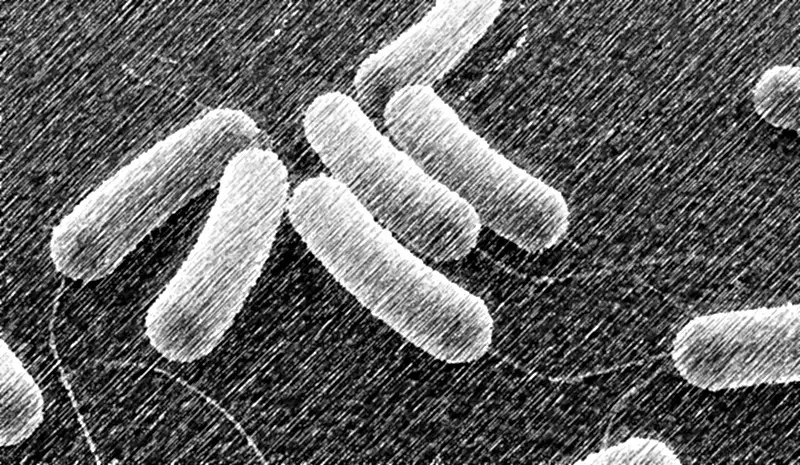
Archaebacteria 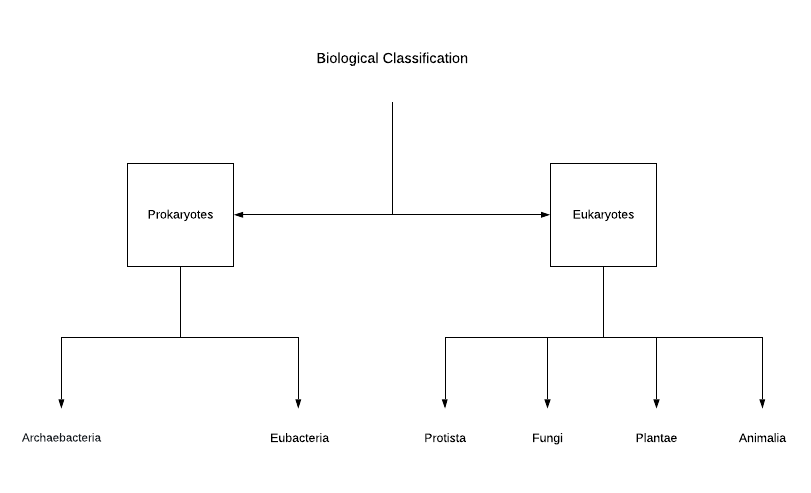
Biological Classification of Prokaryotes & Eukaryotes 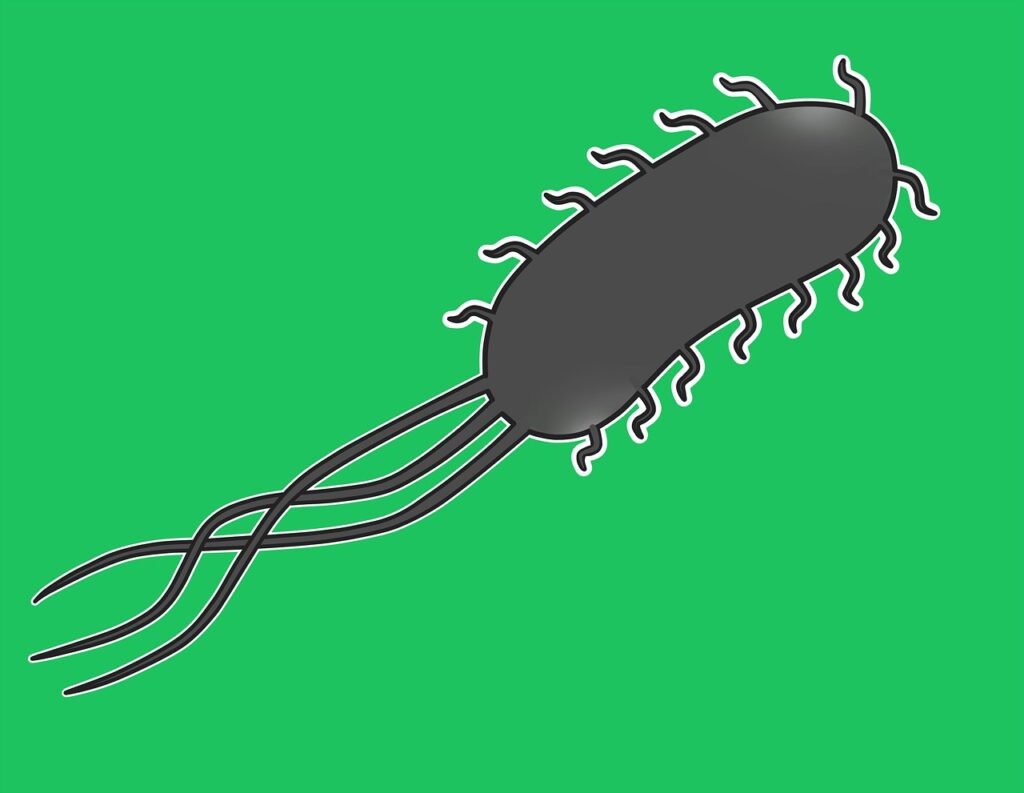
Escherichia coli Bacteria 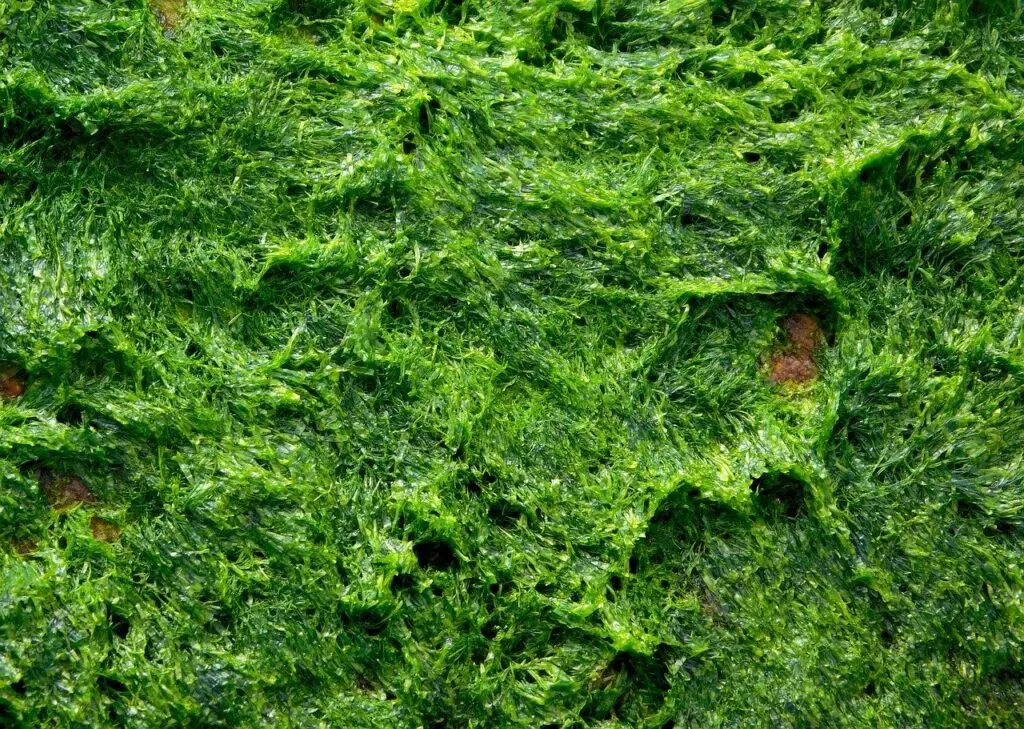
Algae (Seaweed) 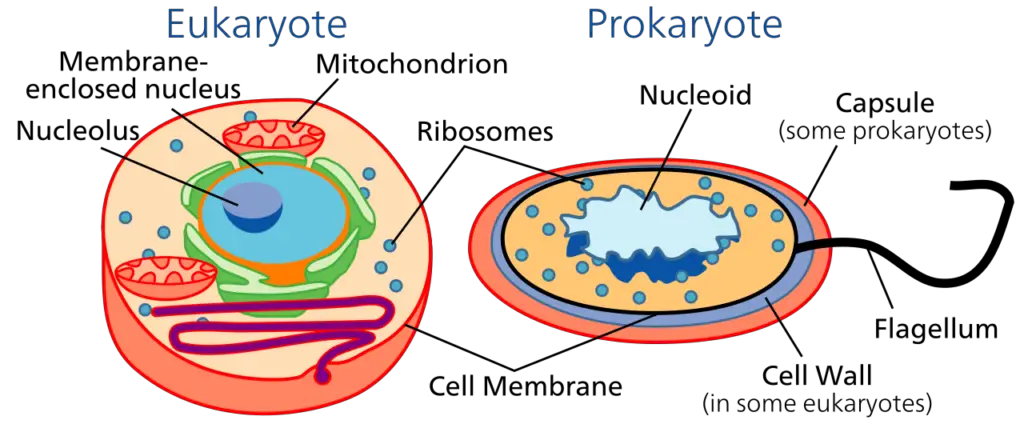
Eukaryotes & Prokaryotes 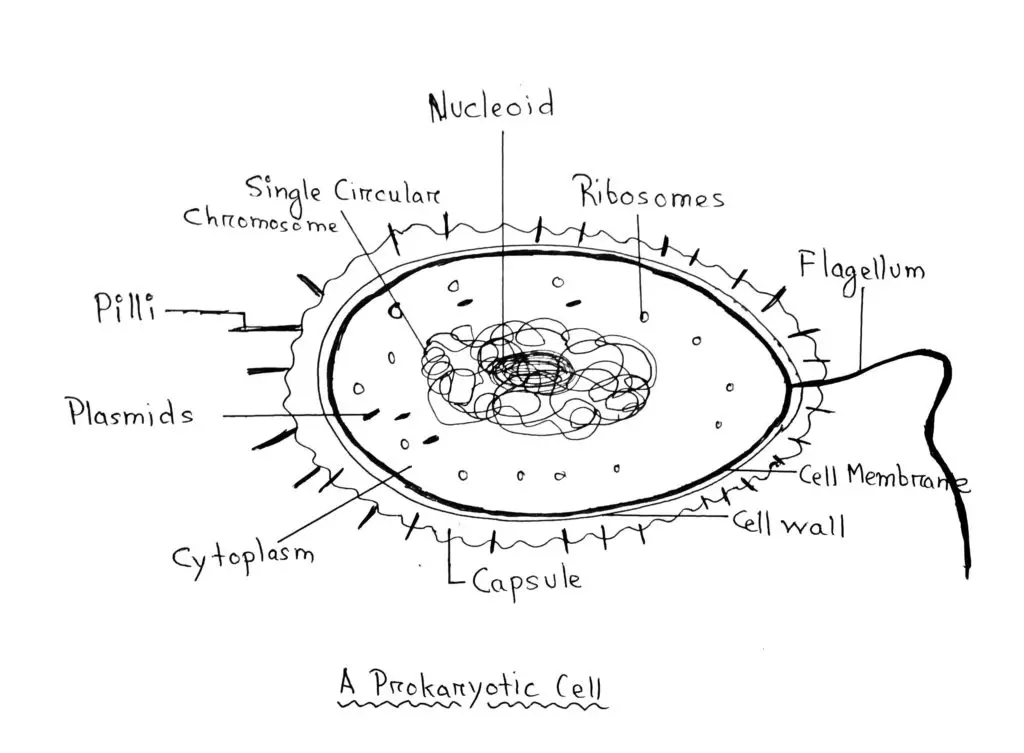
Prokaryotic Cell 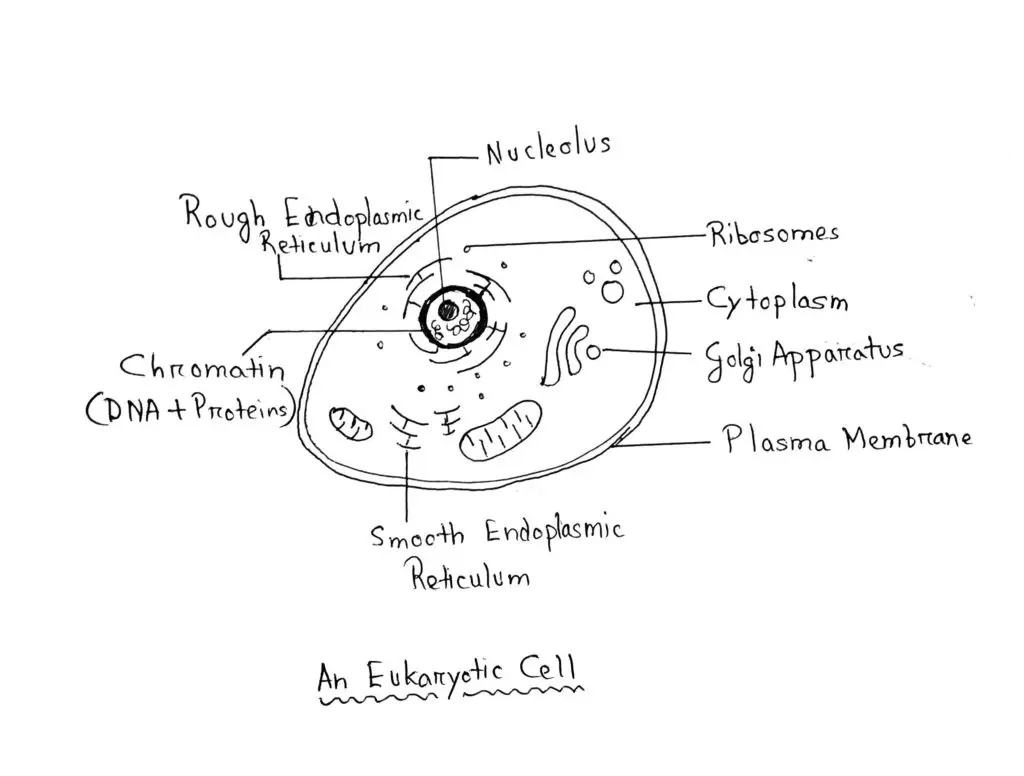
Eukaryotic Cell 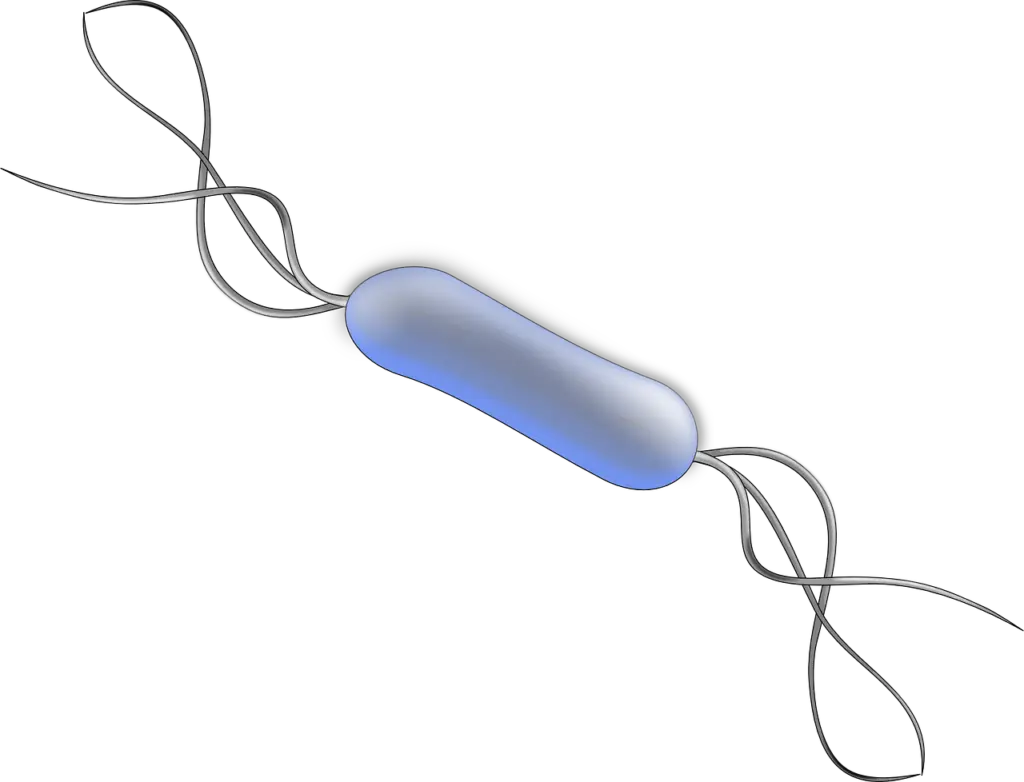
Bacillus Bacteria 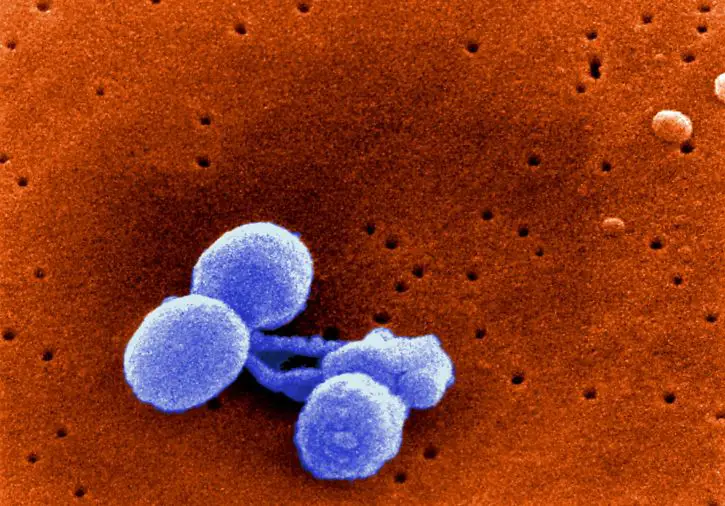
Streptococcus pneumoniae (A non-motile prokaryote) 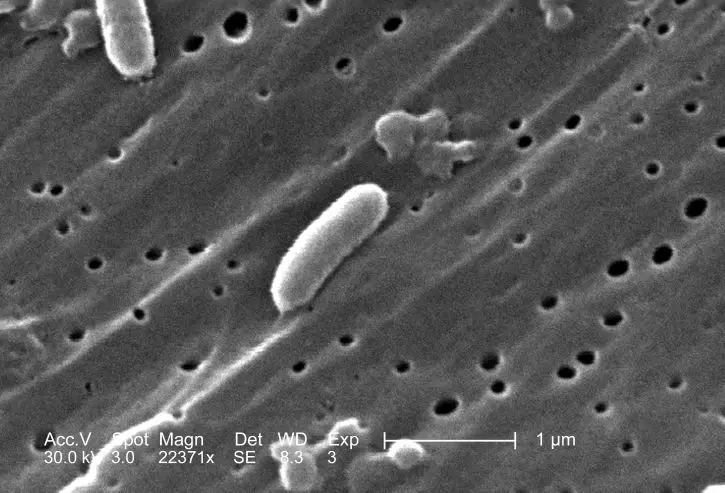
Vibrio cholerae Bacteria (A motile prokaryotes) 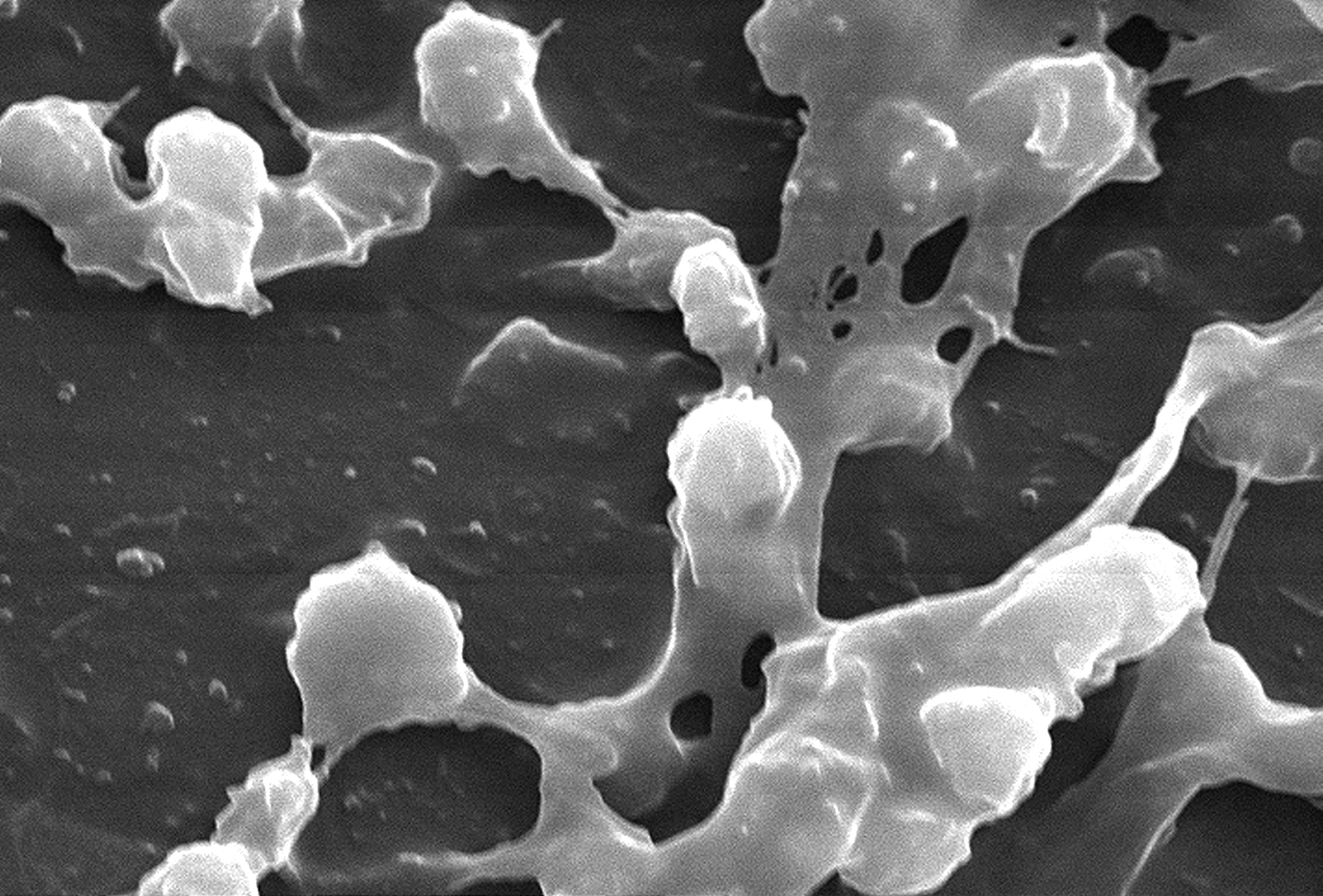
Staphylococcus aureus (Cocci Bacteria) 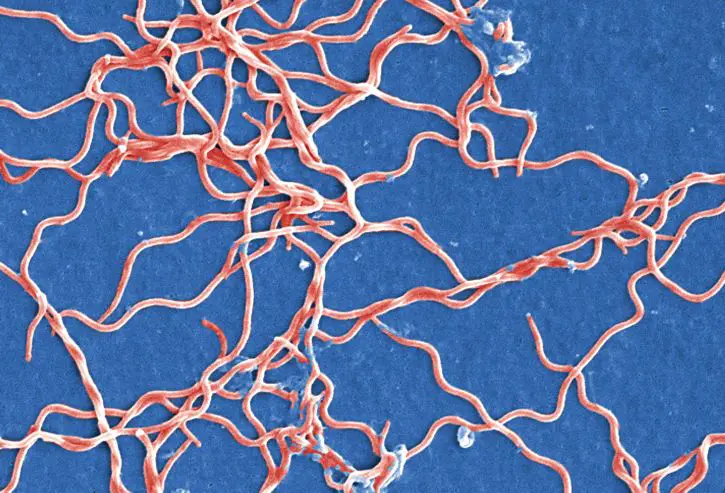
Borrelia burgdorferi (A Spirilla Bacteria) 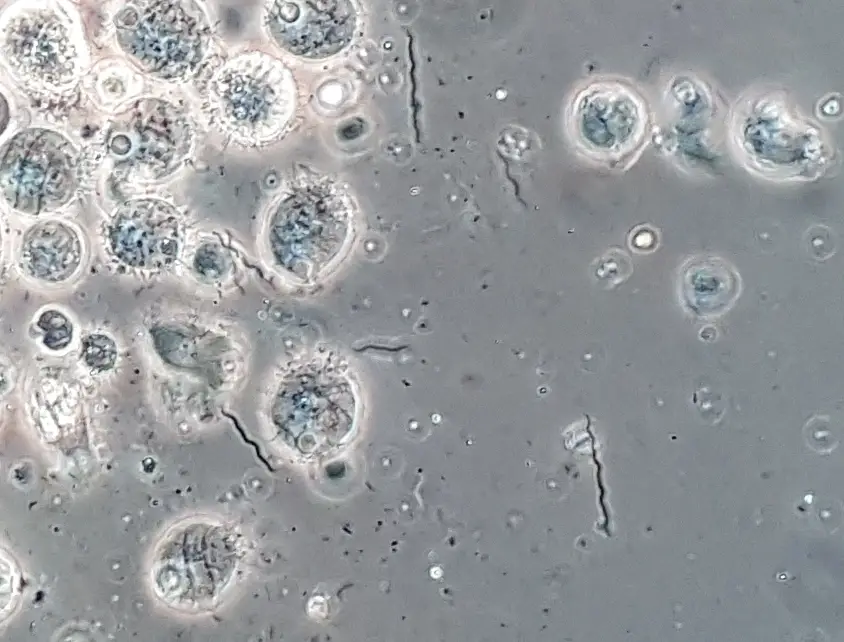
Spirochaetes from a Reticulitermes flavipes (the eastern subterranean termite) gut
Hannah Davis / CC BY-SA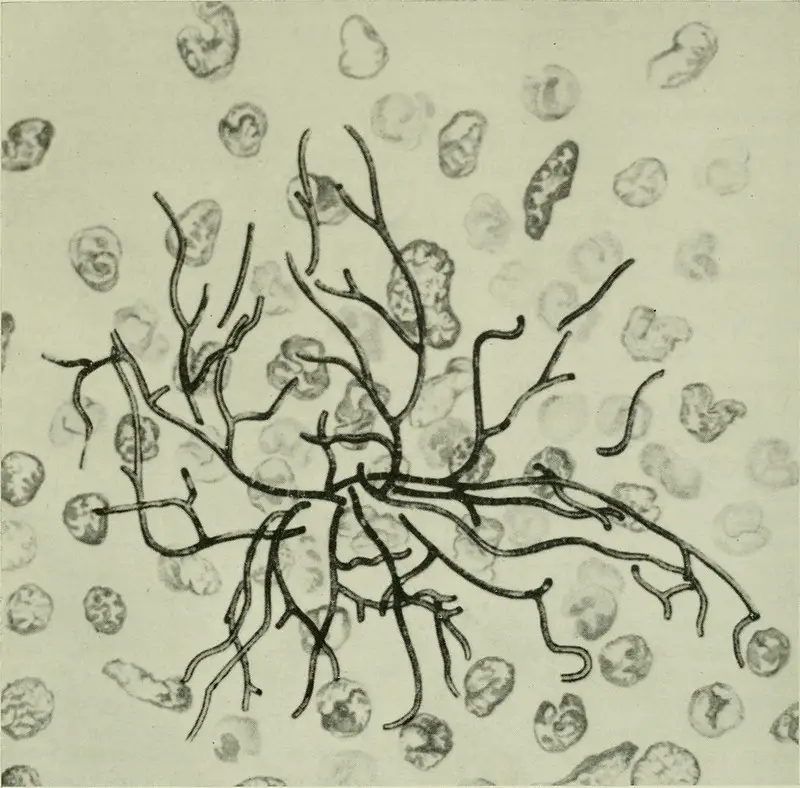
Actinomycetes (A filamentous Prokaryote) 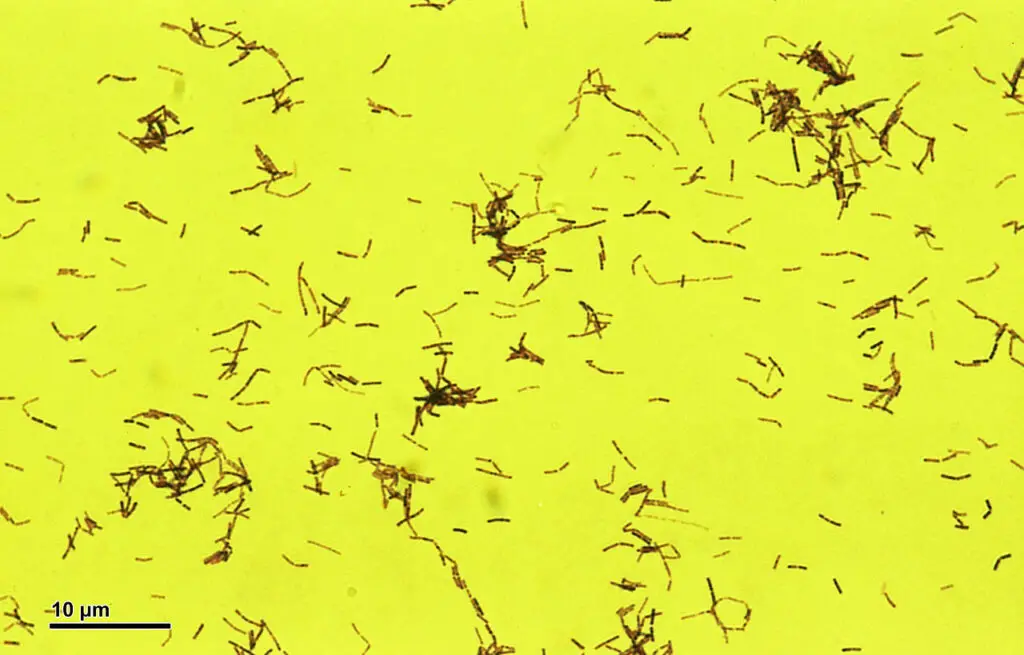
Lactobacillus acidophilus (Sometimes remains non-filamentous in nature) 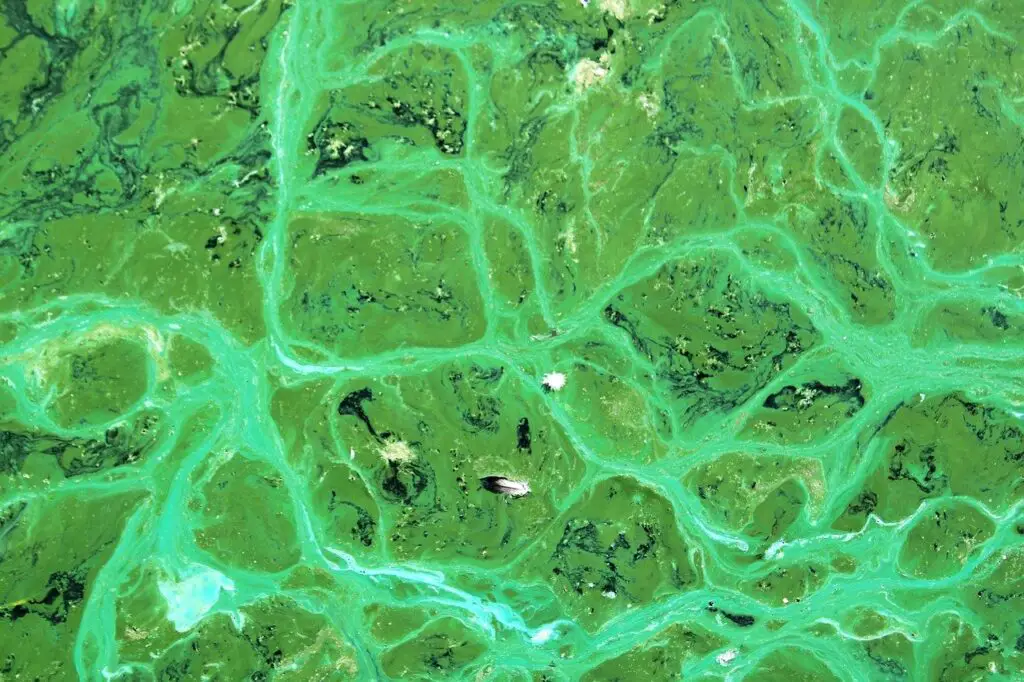
Cyanobacteria Cyanophyta Algae 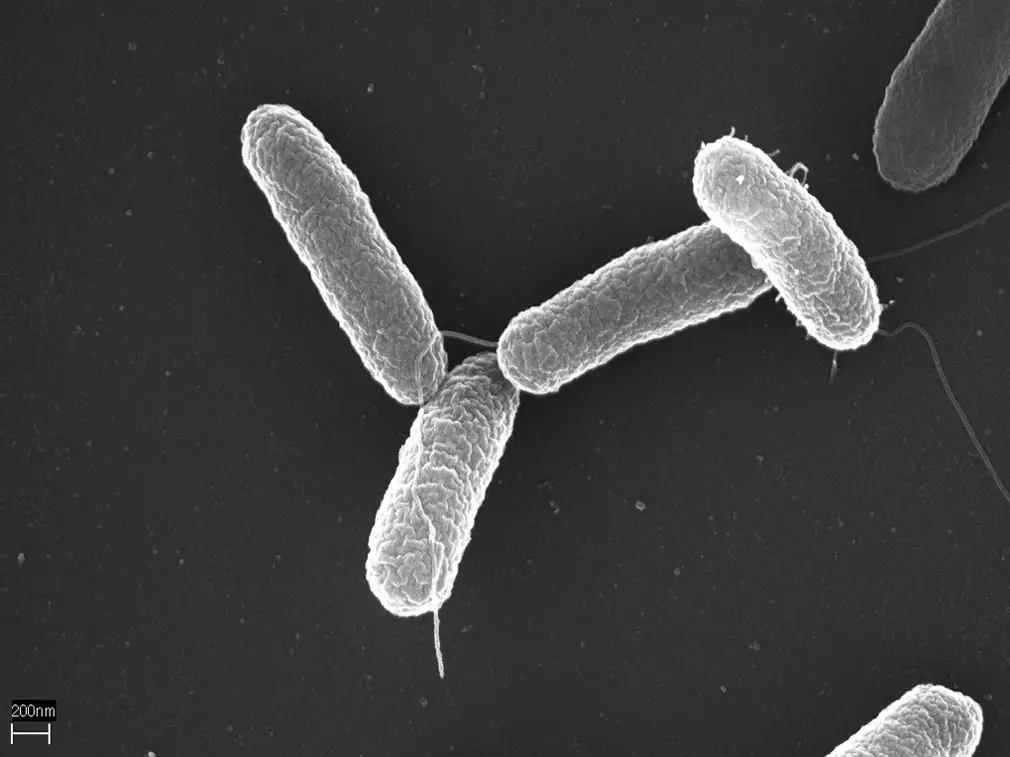
Salmonella typhimurium
Here are some of the knowledgeable facts about the prokaryotic and eukaryotic cells…
Facts about Prokaryotic Cells
1. The term prokaryote means primitive nucleus derived from a Latin word where ‘pro’ stands for primitive and ‘karyon’ stands for nucleus.
2. It is the simplest and the smallest form of single-celled living organism existing today. Approximately the prokaryotic cells are about 10% of the eukaryotic cells, where the former’s diameter ranges from about 1-10µm.
3. According to the reference of the National Institutes of Health (NIH) the prokaryote are known to exist about 3.5 billion years ago. Probably prokaryotes are known to be the first cell to come into existence.
4. The highly organized organisms i.e. the eukaryotes are known to have occurred from the prokaryotes approximately about 7.5-2 billion years ago.
5. The proposed views regarding the origination of eukaryotes from prokaryotes can be stated as per the theory of the ‘Symbiotic Origin of Eukaryotes’. Lynn Margulies theorized that some predator anaerobic host engulfed some primitive aerobic bacteria but did not digest them. The aerobic bacteria as a result of which established themselves within the host cell and developed mutual association. Such host cells became the first eukaryotic cell.
6. There’s another theory behind the origination of complex eukaryotic cells from simple prokaryotic cells. This theory is called the ‘Origin by Invagination’. According to this concept, by the process of invagination of the surface of the prokaryotic cell, the organelles of eukaryotes might have evolved. Invagination of the plasma cells gave rise to different organelles such as Endoplasmic Reticulum, Golgi bodies, lysosome, ribosome, etc, and thus, gave rise to the typical eukaryotic cell.
7. The prokaryotes have two basic domains- the Achaea and the Bacteria. These tiny little organisms are found almost ubiquitously on the earth. This omnipresent living cell has a major footprint over life on Earth.
8. This unicellular microorganism exists in colonies which favors them to make changes in the surrounding making it suitable for them to survive.
9. The whole organism is surrounded by a capsule that contains hair-like appendages within it in some of the bacteria and archaea. This structure is useful in gene transfer.
10. The prokaryotic cells are usually the one envelop system organized in a depth. The prokaryotic cells are enclosed within a cell wall.
11. The cell wall of the prokaryotic cell is a peptidoglycan layer which is a polymer of sugar and amino acid. Cross-linking formed between the N-acetylglucosine and N-acetylmuramic acid forms a rigid mesh-like structure around the cell.
12. The lipid bilayer plasma membrane of the cell is about 6-8 nanometer thick which completely surrounds the cell tends to separate the materials inside the cell from that of the surrounding. Generally, the plasma membrane is a phospholipid layer along with some floating proteins around and within it.
13. The plasma membrane is being selectively permeable and only lets something through it while preventing others so that the organism can take food and energy and expel wastes. The plasma membrane keeps some molecules, ions, and some proteins within it and does not allow them to diffuse into the extracellular environment. However the structure of plasma membrane may not be same in all of the domain of prokaryotes.
14. In the Archeal cell membrane, isoprene replaces the fatty acid in the chain which is bound to glycerol i.e. in straightforward words it can be said that the isoprene chains are linked to glycerol. It is also evident that some archaeal bacteria are lipid monolayer instead of the bilayer.
15. The cytoplasm enclosed within the plasma membrane consists of a jelly-like substance called the cytosol. The cytosol lacks major cell organelles such as endoplasmic reticulum, Golgi apparatus, mitochondria, centrioles, nucleoli, and cytoskeleton (microfilaments and microtubules).
16. The prokaryotic cell consists of genetic material the central nuclear component DNA or RNA and nuclear protein. The nuclear apparatus is not enclosed within the proper nuclear membrane and so the genetic materials remain suspended within the cytoplasm.
17. Prokaryotic organisms have evolved a wide range of ways to take energy from the environment. In a way, prokaryotic cells can obtain energy through the process of photosynthesis, respiration, nitrogen fixation, denitrification, sulfate reduction, and methanogenesis. However, the metabolism process tends to restrict the size of the organism because they do not have all the necessary cellular processes as efficient as that of the eukaryotes.
18. The prokaryotes reproduce through the asexual mode of reproduction generally through the process of binary fusion.
19. The genetic material of the prokaryotes exists as a single circular chromosome that does not undergo mitosis, rather they replicate into two similar copies. As the prokaryotes enlarge it is pinched towards the equator, leading to the formation of two cells where each one receives a single copy of the replicated chromosome. Thus, resulting in the clone formation obstructing genetic recombination.
20. There are three common mechanisms of reproduction amongst the eukaryotes that are also known to exist. These are Transformation, Conjugation, and Transduction.
21. Transformation is the mechanism where the prokaryotes take up the DNA found within the surrounding originated from the other prokaryotes and get altered.
22. Conjugation is that process within the capsule of some of the prokaryotes there have certain hair-like appendages known as the pilus. During the course of reproduction, this pilus from one bacterium gets attached to another creating a path through which the gene transfer takes place.
23. Transduction is a horizontal gene transfer mechanism in which the virus infects the prokaryotes where it injects a small piece of existing DNA that might have been of another bacterium. And this way the gene from one bacteria gets transferred to another.
Facts about Eukaryotic Cells
1. As per the fossil records the highly organized organism that are eukaryotes have originated from the prokaryotes about 1.6- 2 billion years ago.
2. The most leading hypothesis which is known as the Endosymbiotic Theory states that the eukaryotes have evolved from the fusion of archean and bacterial cells. The engulfed bacteria was not digested but had developed a mutualistic relationship with the archean cell.
3. The archean host cell was allowed to use the oxygen to release the energy stored in the nutrients, and in return, the bacterial cell was protected by the host. This is how the eukaryotes evolved. This ancient engulfed cell now appears to be in all eukaryotic cells as mitochondria.
4. Eukaryotes are regarded as a monophyletic group on the phylogenetic tree of life. The structural feature of eukaryotes is having a true nucleus i.e their genetic material is covered within a nuclear membrane.
5. The eukaryotes being the most specialized organism is characterized by numerous membrane-bound organelles such as the Endoplasmic reticulum, Golgi apparatus, chloroplast, mitochondria, lysosome, ribosome, peroxisome, plastids, and cytoskeleton.
6. The plasma membrane is usually the phospholipid layer embedded along with proteins. The plasma membrane controls the passage of organic molecules, ions, water, and oxygen in and out of the cell as per requirements, allowing the waste out of the cell which is done with the help of protein carriers.
7. In higher living multi-cellular organisms like monkey, human, etc. the plasma membrane has attained some unique features which are specialized for absorption. With the increase of surface area absorption also increases and becomes effective.
8. The plasma membrane of these organisms has developed certain fingerlike projections known as the microvilli which tend to increase the surface area for absorption while causing no impact over the cytosolic volume. Such cells are present within the lining of the small intestine where major absorption occurs.
9. The cytoplasm is the region between the plasma membrane and the nuclear envelope. It contains a gel-like fluid substance known as Cytosol, where all the cell organelles remain suspended. However, the cytoplasm contains 70 – 80% of water but its consistency is semi-fluid.
10. The nucleus which is the most prominent cell organelle is seemed to house the DNA of the cell. The nucleus remained covered with an envelope known as the nuclear envelope.
11. The ribosome is another cell organelle of eukaryotes; it is responsible for protein synthesis. The ribosome transcribes the messenger RNA into instructed protein.
12. Mitochondria also known as the powerhouse of the cell is also known as the energy factory. All the metabolic respiratory process such as oxidative phosphorylation occurs in the mitochondria. The structure of mitochondria varies among various species.
13. The membrane of the mitochondria possesses folds known as the cristae which tend to increase the surface area where the respiratory enzymes are embedded.
14. Eukaryotic cells consist of several other cell organelles, each employed with distinct functions making the cell the most efficient one. Such as peroxisomes which are responsible for carrying out the redox reaction and breakdown of fatty acids, and these are also responsible for detoxifying many toxic agents.
15. Vesicles and Vacuoles are employed in storage and transport functions. The centrosome is another cell organelle assigned for the microtubule organizing center located close to the nuclei of the animal cell.
16. Lysosomes in eukaryotic cells are regarded as the garbage disposal organelle. Lysosomes are also called the “garbage trucks” of a cell. They are termed so because they are known to remove all unwanted cellular materials and wastes out of the cell.
17. The eukaryotic cells to some extent vary among the plants and animals as the plant cells are assigned with chloroplast, cell wall, and plastids whereas, the animal cells are devoid of these organelles.
18. Chloroplast is the green coloured pigment present in the leaves which are responsible for capturing light energy and driving the reaction of photosynthesis.
19. Eukaryotes are highly organized organisms that have the capability to reproduce both with the asexual mode of reproduction through mitosis, and the sexual mode of reproduction through meiosis and gamete formation. Some eukaryotes also reproduce through budding, regeneration, and parthenogenesis.
20. The nuclear envelope consists of two phospholipid bilayers: the Inner membrane and the outer membrane. The outer membrane consists of nuclear pores which are protein-bound that allow the substance to exit or enter the nucleus. The condensed region of the chromatin where the synthesis of ribosome occurs is known as the nucleolus.
